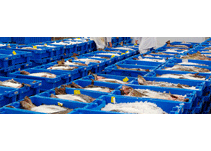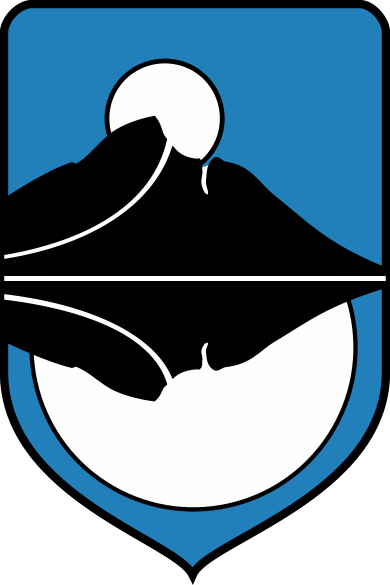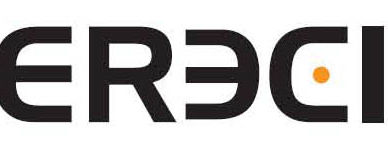The purpose of EuroFIR (European Food Information Resource) is to improve data on the content of foods. The project aims to find ways to share the information with databases and online.
This strengthens the competitiveness of small and large food companies in Europe. Work is now underway to develop standards, quality assessment systems and definitions of foods and compatible databases. The job makes it easier for Icelanders to get data from other European countries, not least electronically. It is very important that Icelanders continue to participate in the work when the project is completed, but a European company will take over the role of EuroFIR next year.
The number of food brands in the West now numbers in the tens of thousands. Information on the nutritional value of these products often needs to be provided and the food industry needs to find cost-effective ways to provide this information. The results of the EuroFIR project mean that the industry receives more reliable data than before and that they are defined in the same way in European countries.
Matís is currently working on restructuring ÍSGEM's database on the chemical content of food to meet the quality requirements set out in the EuroFIR project. The database has been accessible on Matís' website for over a year. It contains information on nutrients in many foods. The EuroFir website provides information for the food industry on health claims, data standards and reports.
The EuroFir project will end in 2009 and work is already underway to continue the work of a non-profit organization, coordinating databases, updating procedures and disseminating knowledge. Participants in the EuroFIR project have been requested to continue their co-operation within the new company.
For further information, please contact Ólafur Reykdal, olafur.reykdal@matis.is.
This article was last published on p. 5 í Icelandic industry, newsletter of the Confederation of Icelandic Industries.









